The Place Where Mushrooms Get Their Own Parade
“3, 2, 1: We! Love! Mushrooms!”
Backed by a soundtrack of drums, attendees of the 39th annual Telluride Mushroom Festival chanted their enthusiasm as they made their way down the city’s main drag. Many were dressed as types of fungi—red and white polka-dotted Amanita muscaria was a popular choice—while others simply carried real-life specimens along for the ride. There were signs: “Give Us Room to Shroom,” “Lion’s Mane Grows Your Brain,” and “Non-Judgment Day Is Coming.” It was the culmination of a half-week spent exploring the mycological wonders of the world in a paradisiacal landscape perfect for foraging (or taking another kind of trip).
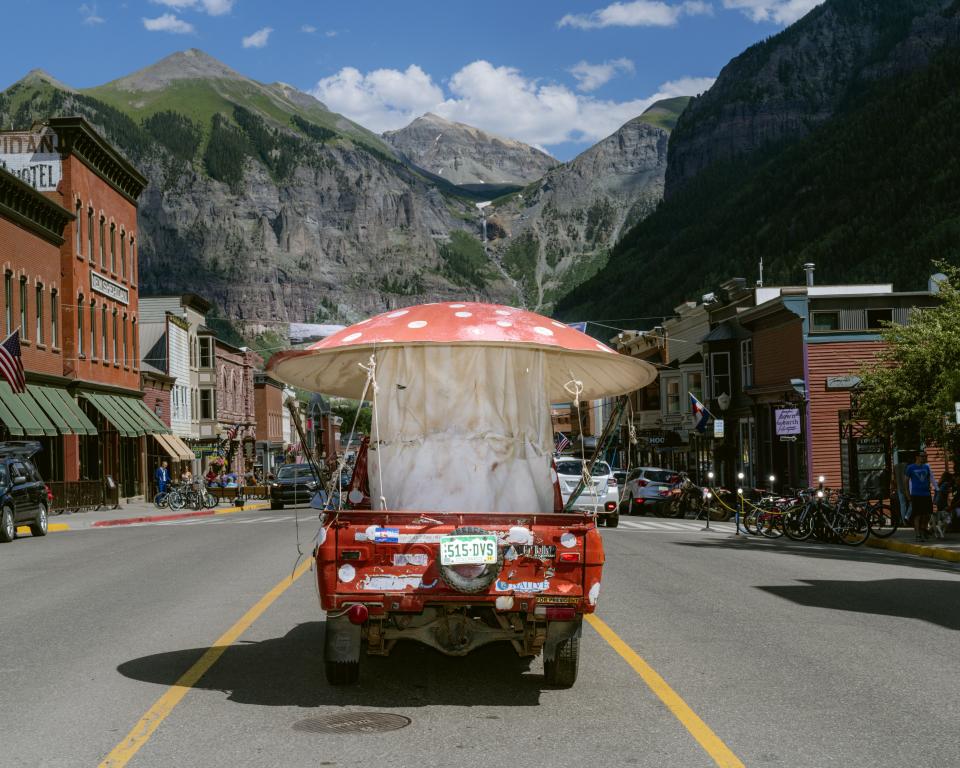
The event began on August 14th, when more than 700 people arrived in this picturesque mountain town to celebrate fungi in all its forms. Some had driven from Chicago, others had flown in from Chile. While mushroom enthusiasts gather regularly in various settings—for academic conferences, local mycological society meetings, and hunting hikes known as forays—Telluride was the first major place to offer an open forum for discussion about psychedelic mushrooms along with their more prosaic culinary and medicinal counterparts. “Up until very recently, it was just verboten to even speak about psychedelics at most wild mushroom events,” says the festival’s executive director Britt Bunyard. “Now, it’s almost becoming kind of mainstream, because so many mainstream people are talking about it.”
It’s true that mushrooms (especially the magic ones) are having a moment. Earlier this year, Denver became the first U.S. city to decriminalize psilocybin mushrooms. Just last week, Johns Hopkins announced the founding of a Center for Psychedelic and Consciousness Research, which will “study compounds like LSD and psilocybin for a range of mental health problems, including anorexia, addiction and depression,” the New York Times reports. And while the medicinal powers of fungus are nothing novel to New Age gurus (Gwyneth Paltrow mixes a Moon Juice mushroom protein into her morning smoothie), they’ve now also reached the bros who are trying to optimize their lives (see: Joe Rogan). The mushroom trend is a bit like fungus in the wild: it’s everywhere once you start looking. The fashion brand STAUD based its Resort 2020 collection on “the feeling one gets from being on a mushroom trip,” and several zines on the subject have emerged this year. Phyllis Ma, a photographer who captured a set of sculptural indoor-grown and wild fungi for her forthcoming publication, Mushroom & Friends, notes that “Mushrooms are beautiful and delicious—winning characteristics for popularity in the Instagram age.”
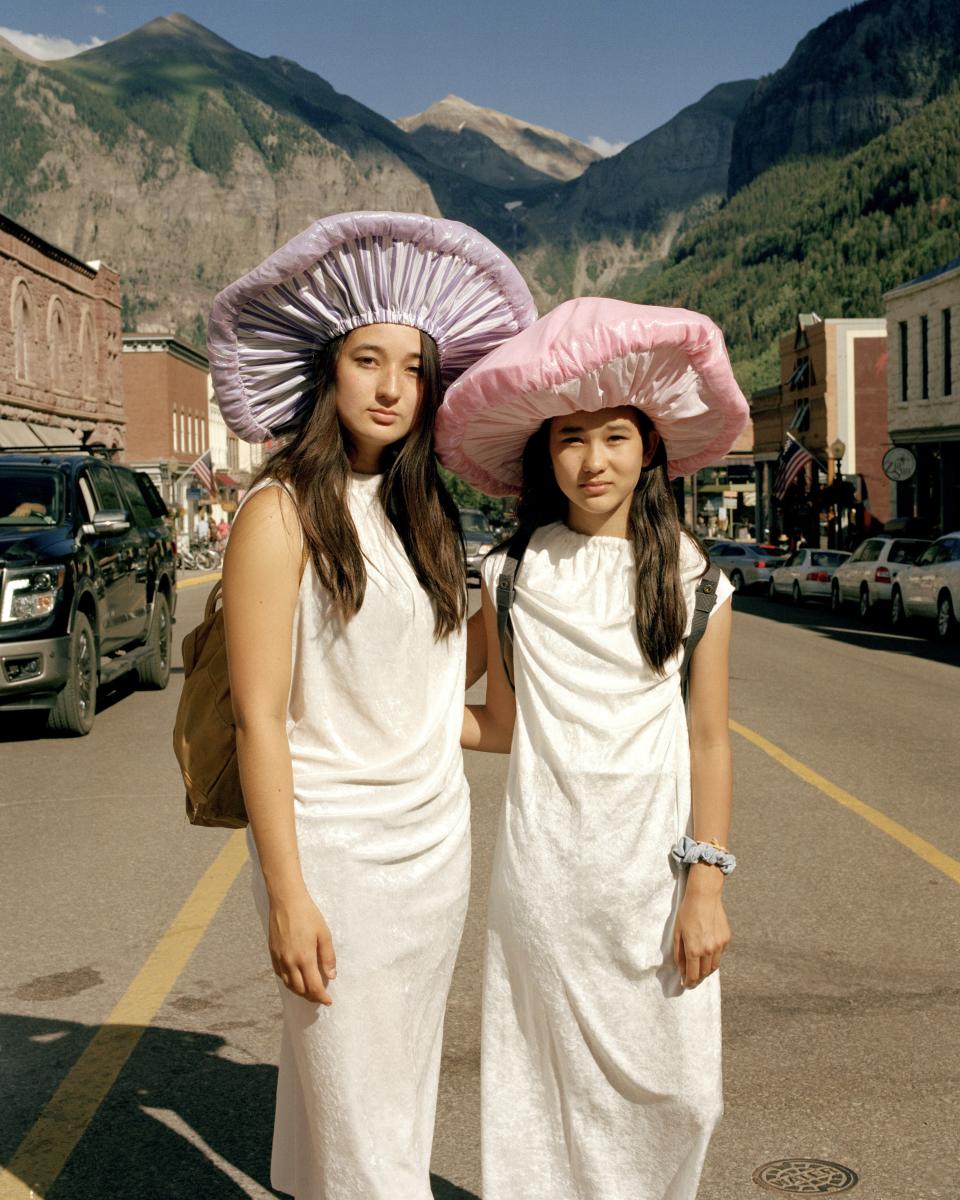
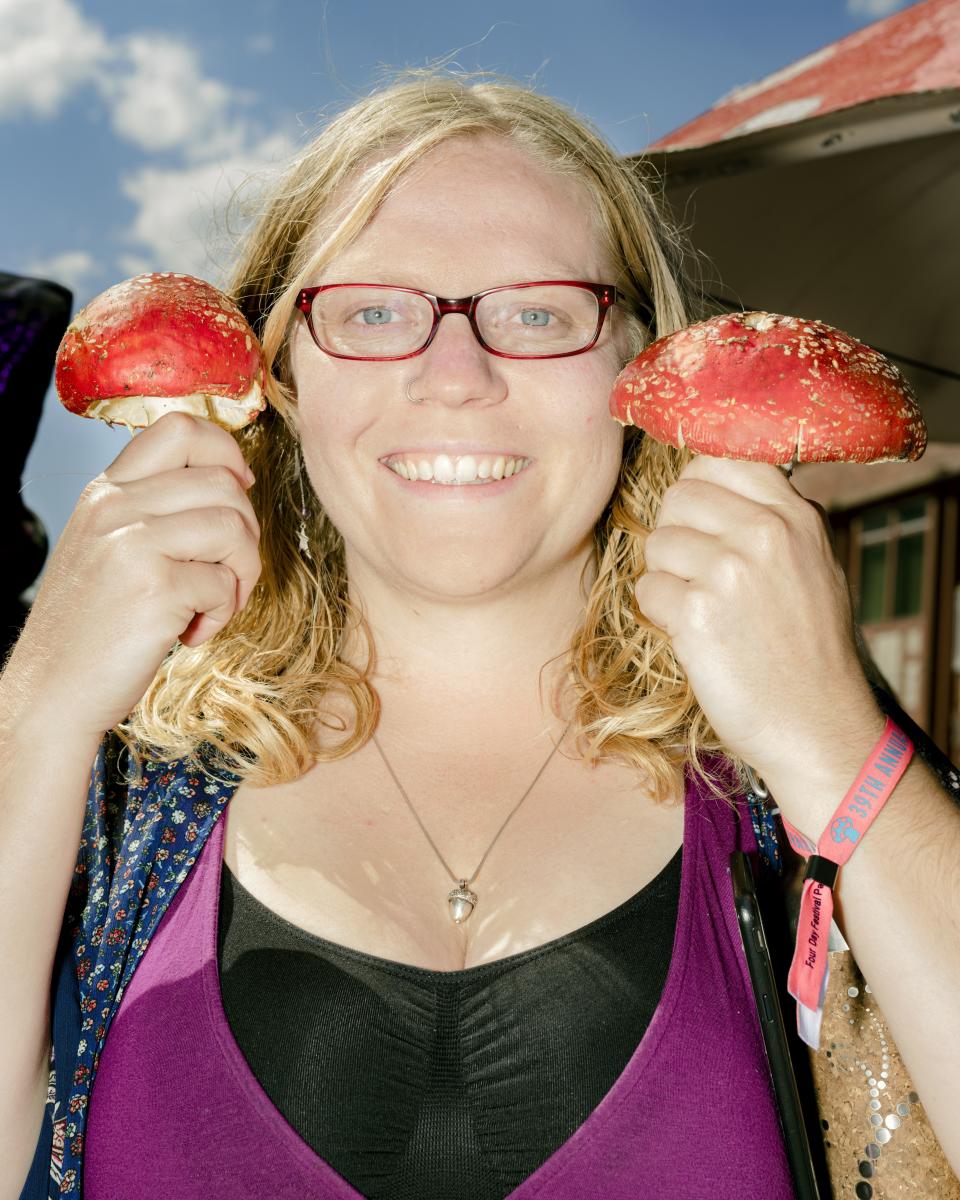
Long Litt Woon, an author and anthropologist who did a reading at this year’s mushroom festival, knows what it’s like to become “mushroom mad,” as she describes it. After her husband of 32 years died suddenly, Long sought solace and eventually found a new sense of purpose in the Norwegian mushroom community. She became a certified mushroom inspector and eventually vice president of the Oslo Mushroom Society. Her memoir, The Way Through the Woods: On Mushrooms and Mourning, also serves as a beginner’s guide to mushroom culture. (It has now been translated into 13 languages.) “[Mushrooming] gives you a sense of confidence,” she explains, sitting at Telluride’s Ghost Town Cafe after the parade. “You learn something about nature…you look at your environment with new eyes.” Long was first invited to the festival after she went on a Central Park foray with one of its founders, the legendary mycologist Gary Lincoff who died in 2018 but is still fondly remembered throughout the proceedings.
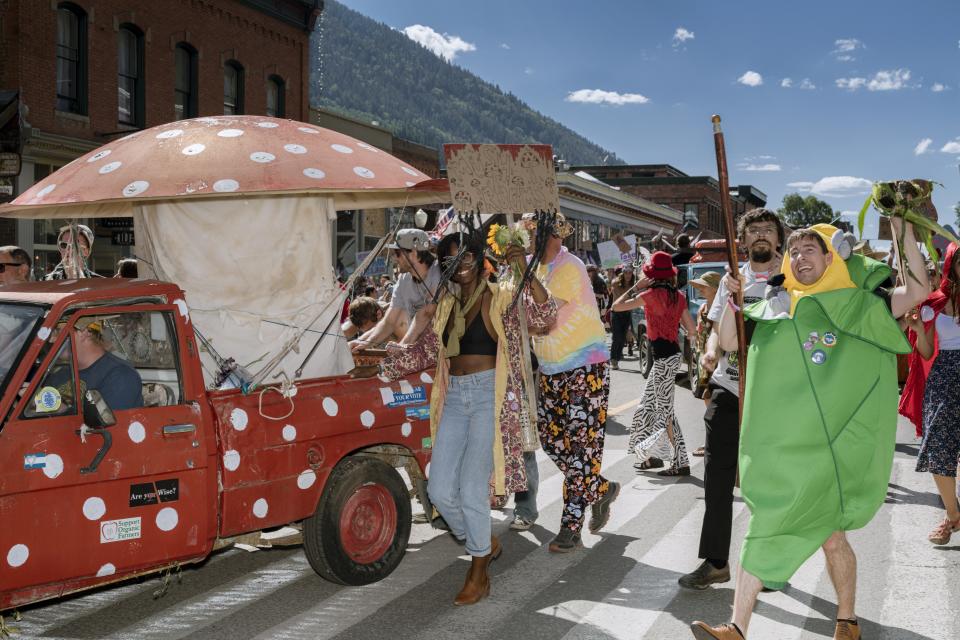
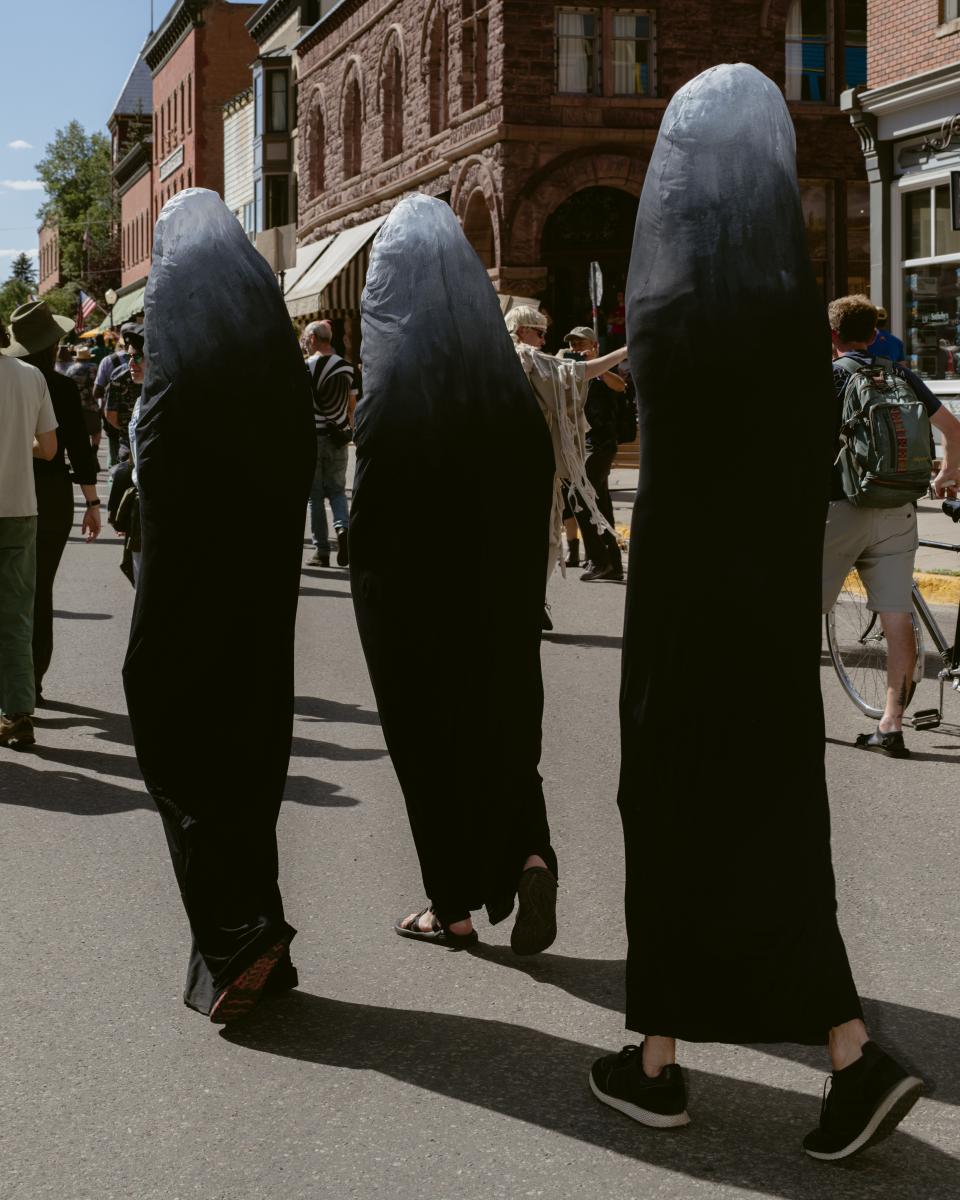
The mushroom heads at Telluride seemed most excited about the possibility of personally tracking down fungus in the forest. The event’s official forays didn’t start until 9 or 10 each morning, but eager foragers began lining up at 7 a.m. to get one of the precious queue cards that would grant them entry to the guided hikes. The earliest birds would end up ambling through the trees around Telluride, collecting fat King Boletes (known as Porcini elsewhere), scaley Hawk’s Wings, and (if lucky) golden yellow Chanterelles. After a morning immersed in nature, it was on to culinary workshops and lectures about cultivation, intriguing rare species, or psychedelics. Peter Hendricks, a clinical psychologist at the University of Alabama, discussed his ongoing study on psilocybin’s potential for curbing cocaine addiction. Giuliana Furci, the first female mycologist in Chile and the founder of its Fundación Fungi, gave a keynote about her vision for a global curriculum that would teach children about Kingdom Fungi (actually a separate category from the animal and plant kingdoms). She’s attended the festival for the past five years, and appreciates its sense of camaraderie. “From being a lonely mycologist in Chile, having taken on a huge mission by myself with no one to even ping pong an idea with…when I arrived to Telluride, I felt that I had found my tribe,” she said later. “People get engaged, and people understand, and you can really get feedback from people who understand the topic.”
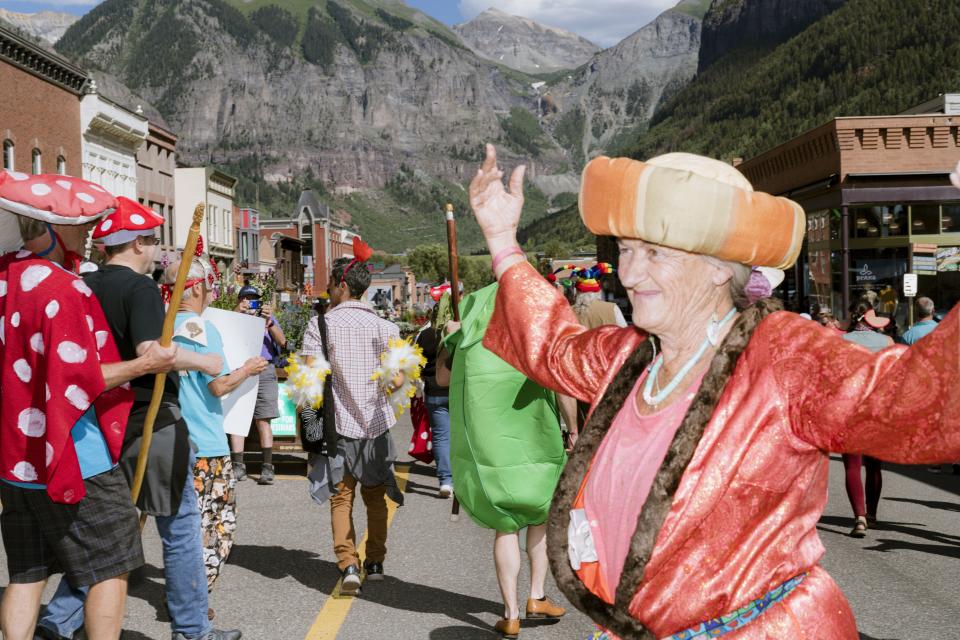
While the majority of the festival stuck closely to its banner topic, there was some discussion of wild plants worth picking alongside mushrooms. One evening, guests gathered for a foraged feast: Each year for the past decade, wild food expert Katrina Blair has hiked the 70 miles between her hometown of Durango and the mushroom festival, collecting ingredients for the meal along the way. (At Colorado College, she did her thesis on plants in the nearby San Juan mountain range.) The meal started with thistle lemonade—“For a long time it was my mission to feed as many people thistle as possible,” Blair said—and each course after found a way to surprise. There was stinging nettle soup, and salad with a spruce needle dressing. The next day, Blair led a group of enthusiastic foragers on an edible food tour of downtown Telluride, pointing out all the weeds worth harvesting and reciting rhymes to identify their uses.
In the midst of mounting eco-anxiety, there was something relieving and revolutionary about a gathering to celebrate an often overlooked category of life on earth. In a crowd that ranged from scientists to soapmakers, city government employees to Colorado Bong Fest t-shirt-wearers, the uniting sentiment seemed to be an intense appreciation for nature in all its delicious, mind-bending variety.
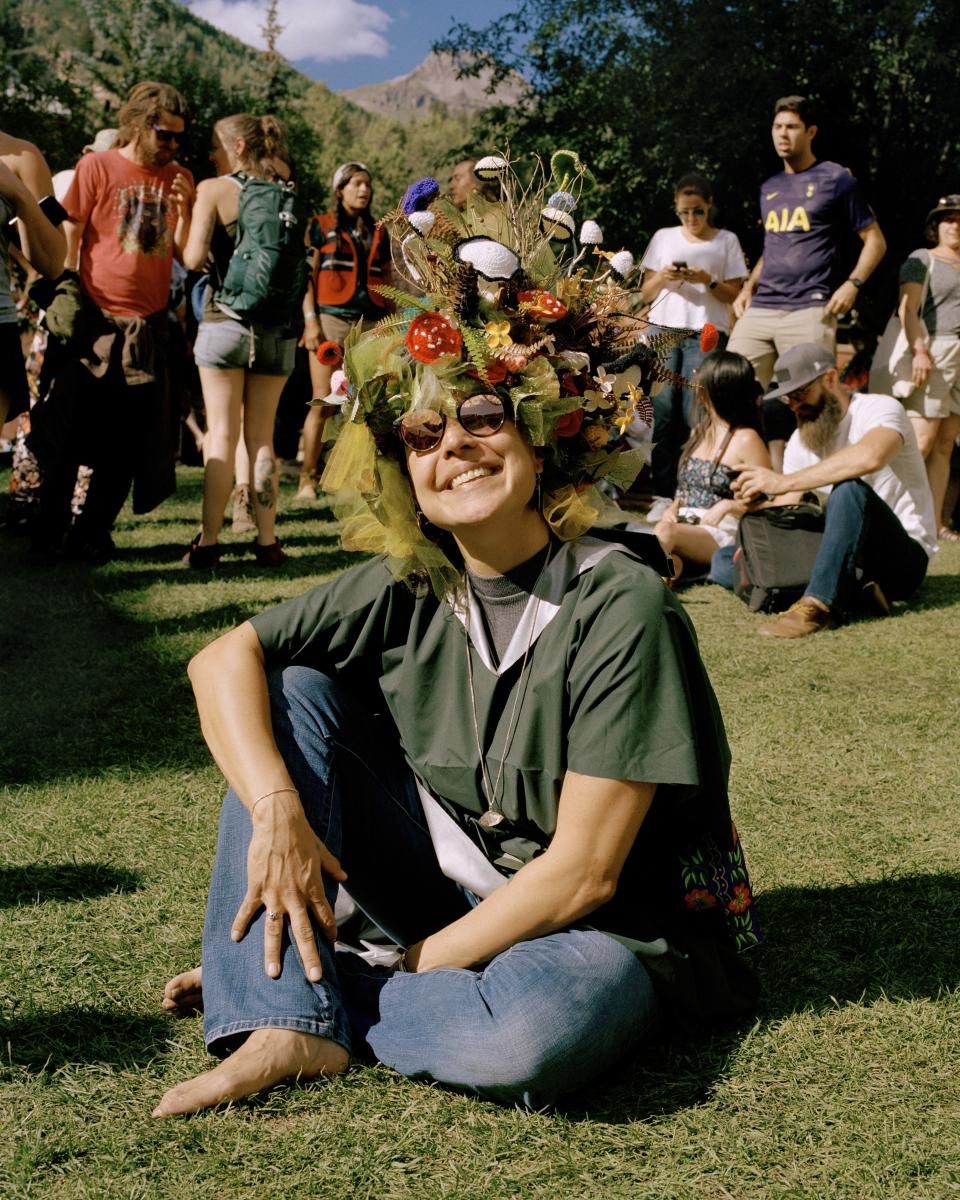
10
![Mike Essam, the former president of the Pikes Peak Mycological Society. When he first came to the club, he said, “It was basically a bunch of old European ladies and they kind of shunned me at first because I just wanted to know what I could eat. Then I brought my five-year-old daughter on a hike and they started to warm to me...they showed me there’s way cooler aspects [to mushroom hunting] than what you can stick in your mouth.”](https://s.yimg.com/ny/api/res/1.2/kHa.rkxbZxylflWdpptP1g--/YXBwaWQ9aGlnaGxhbmRlcjt3PTk2MDtoPTY0MA--/https://media.zenfs.com/en/vogue_137/6c11ecaf8d297d9655fc7f55de25106b)
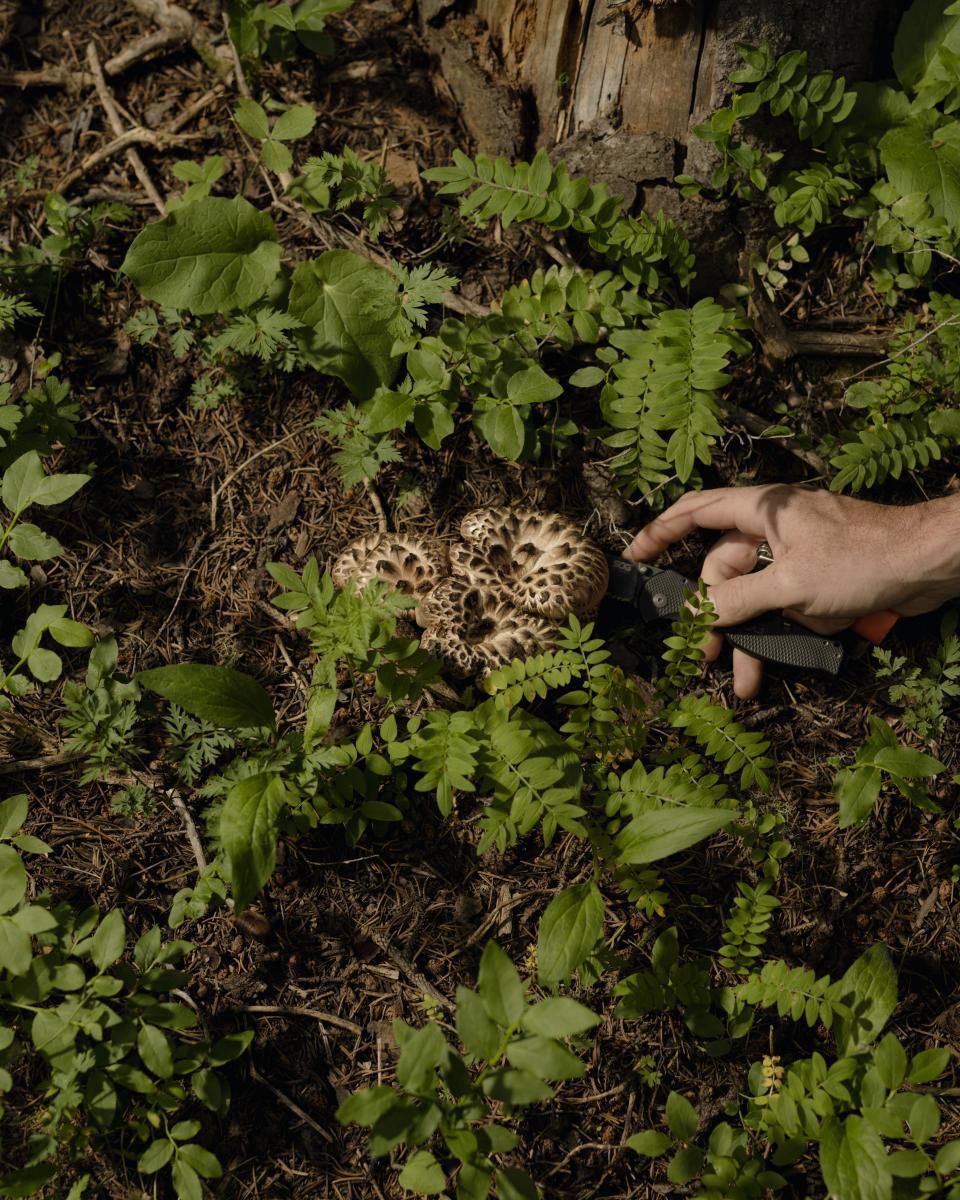
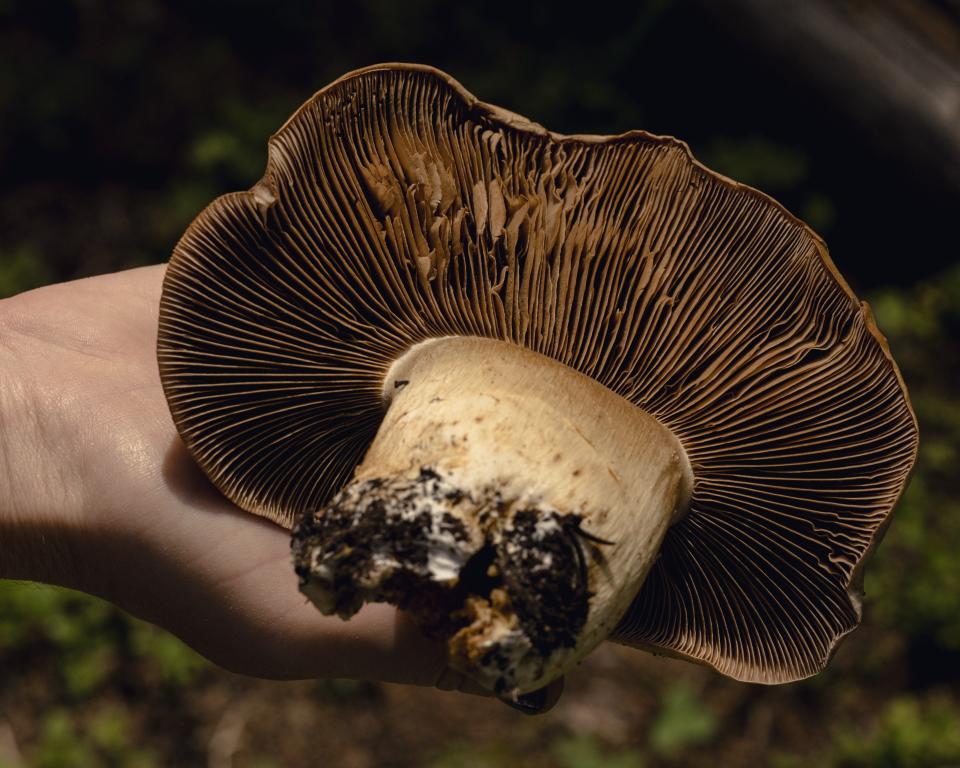
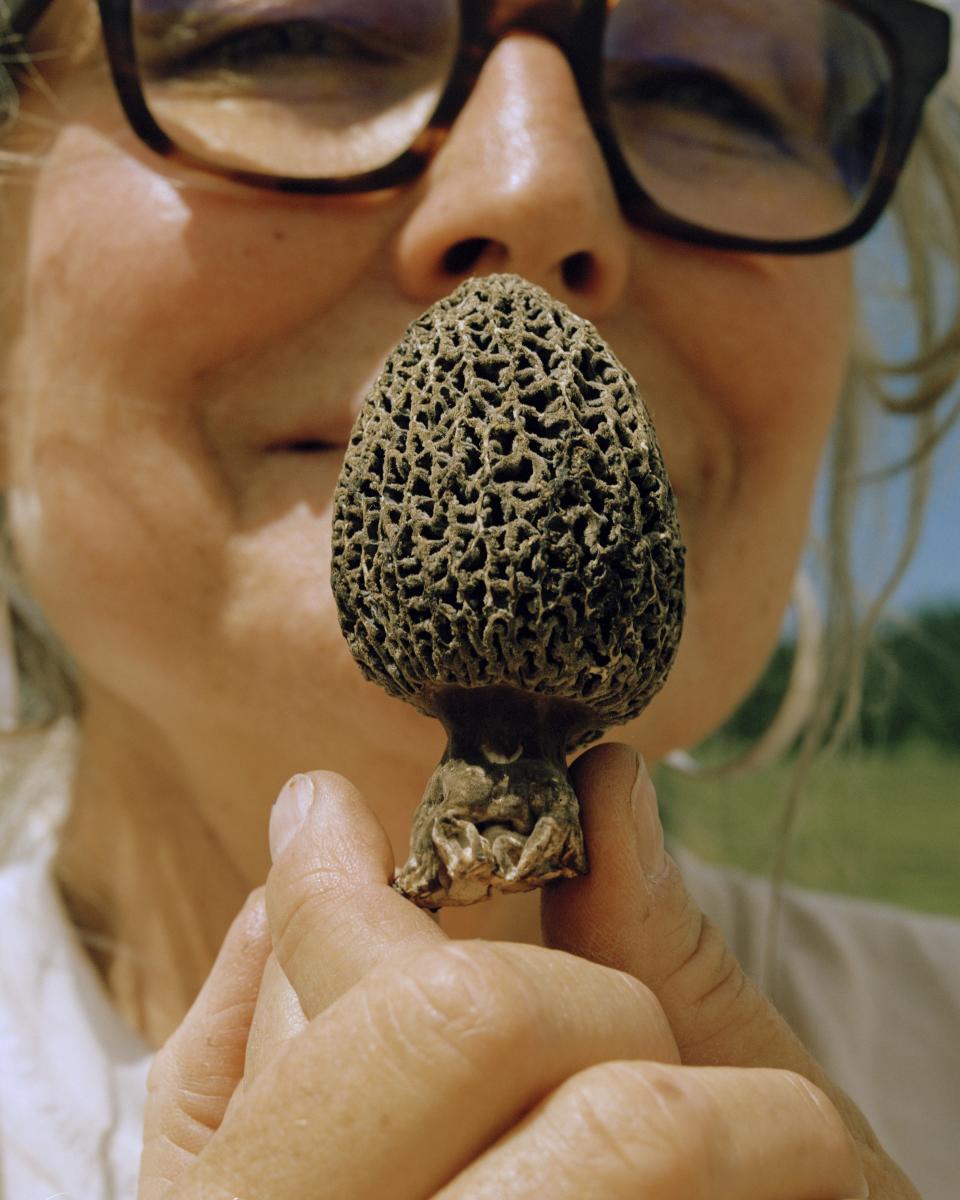
15
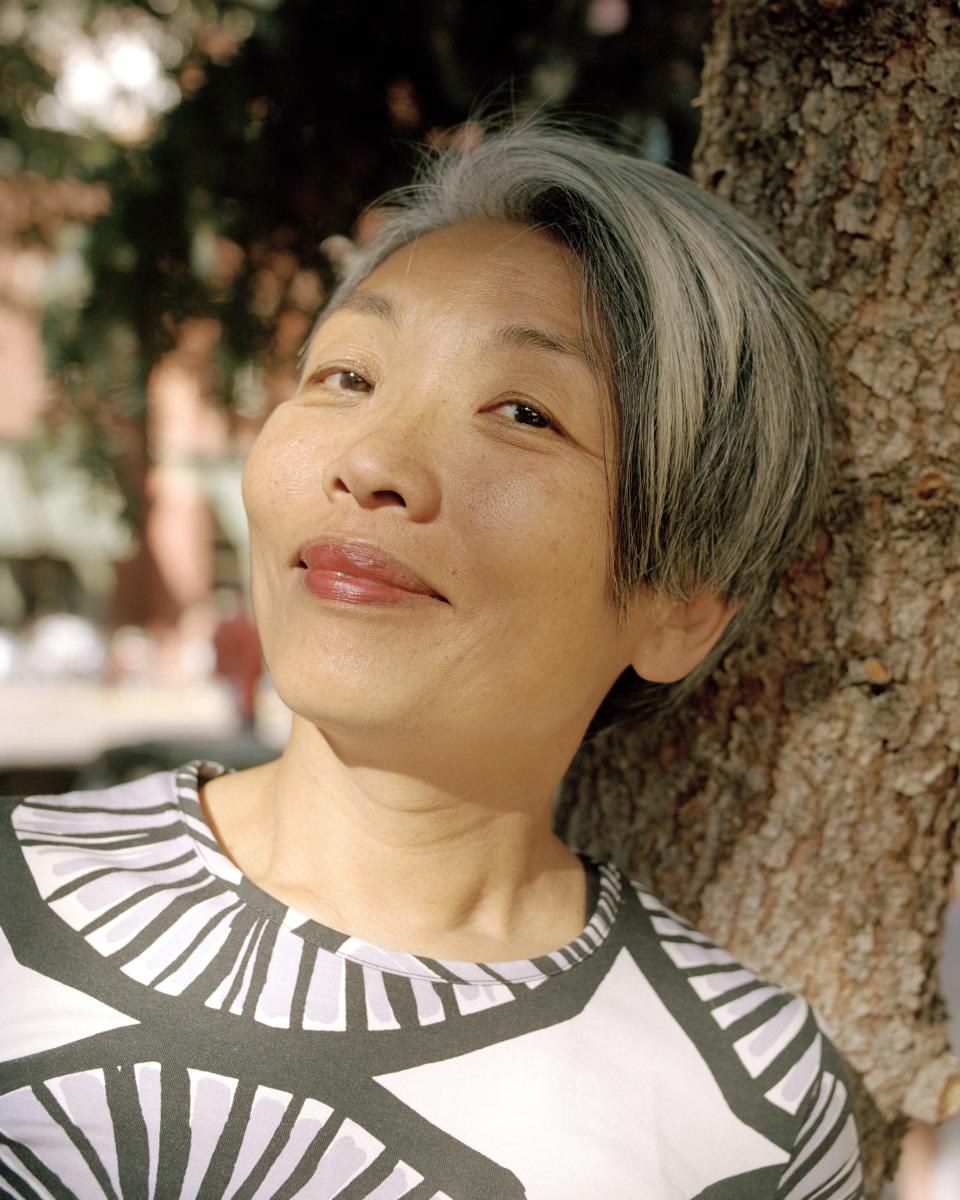
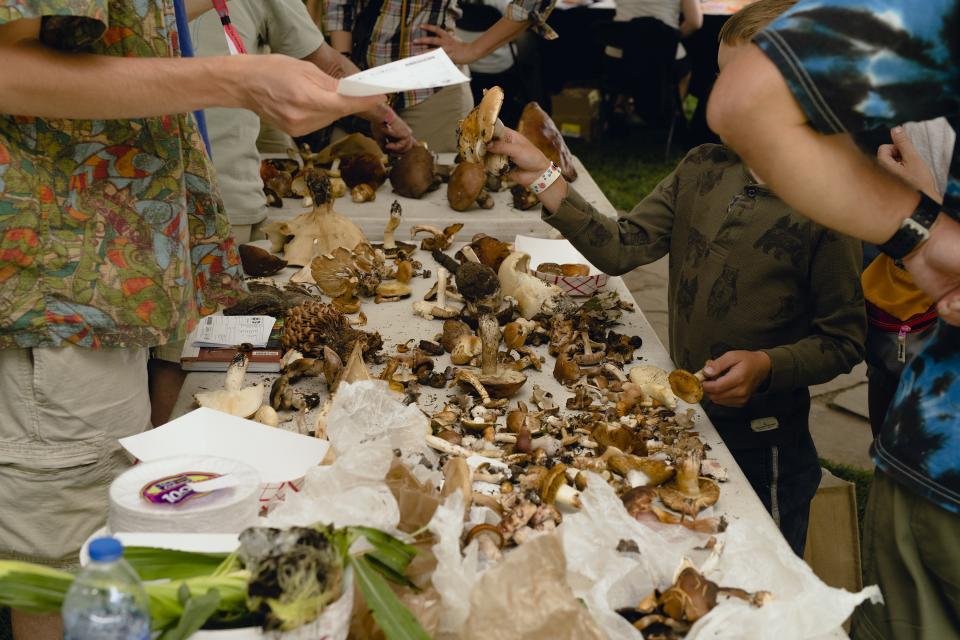
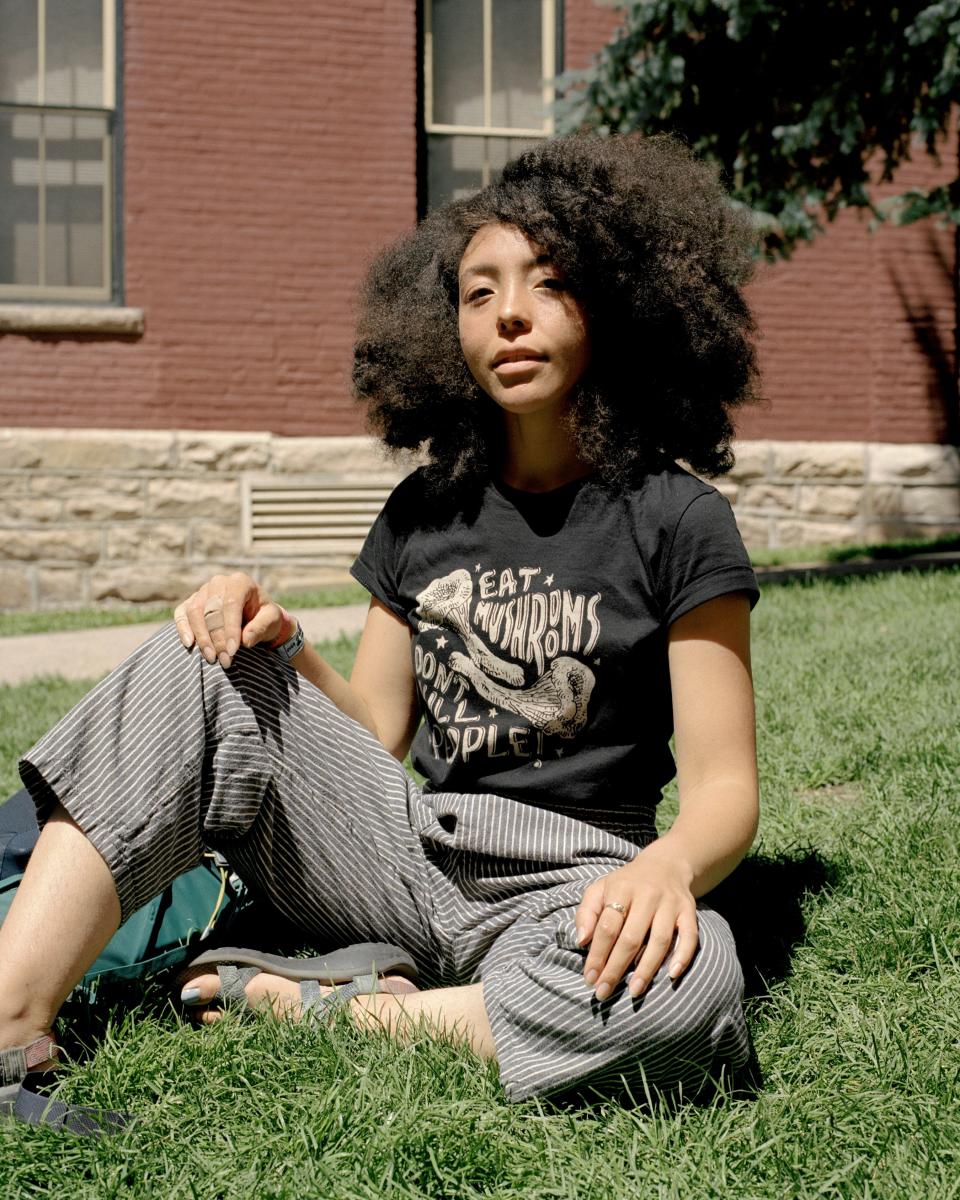
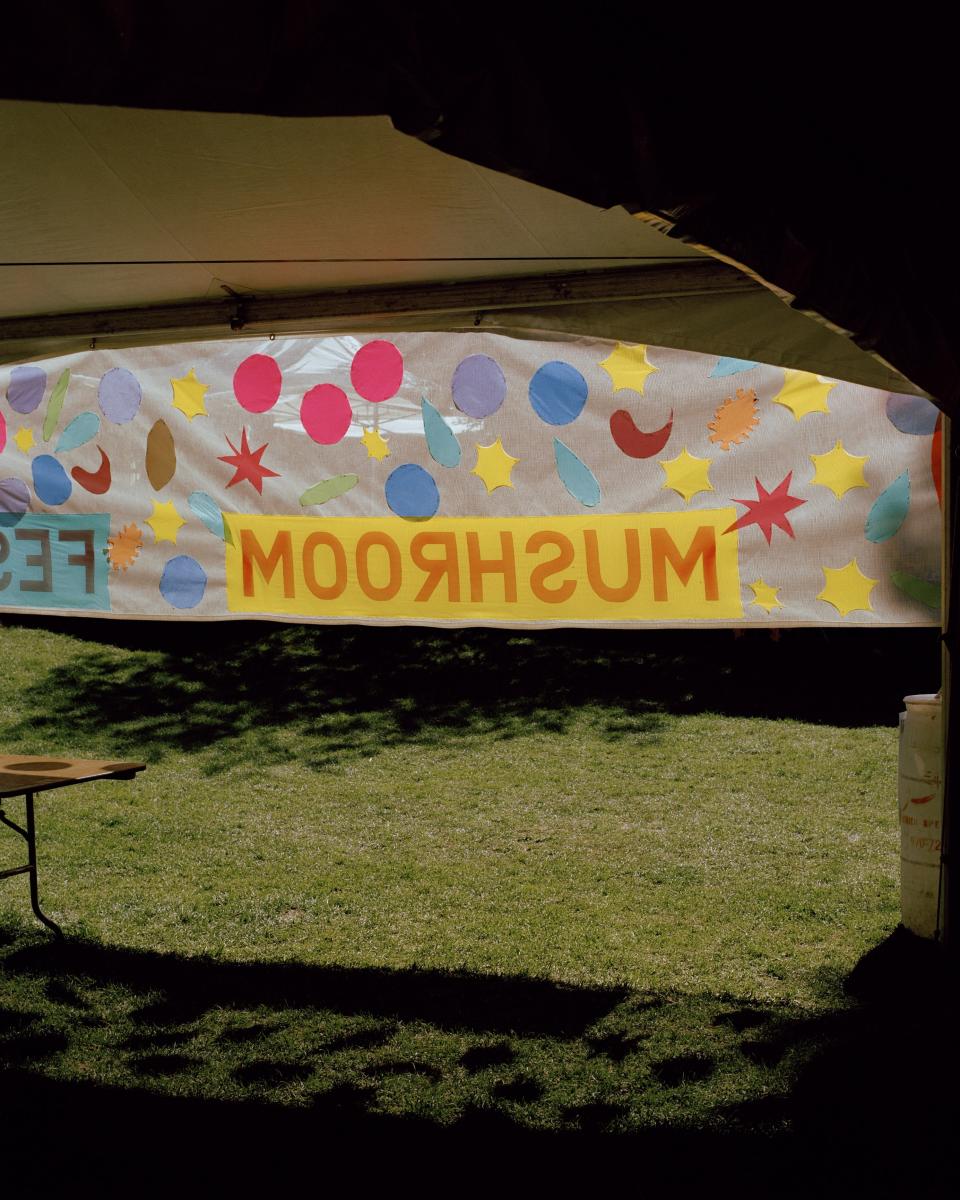
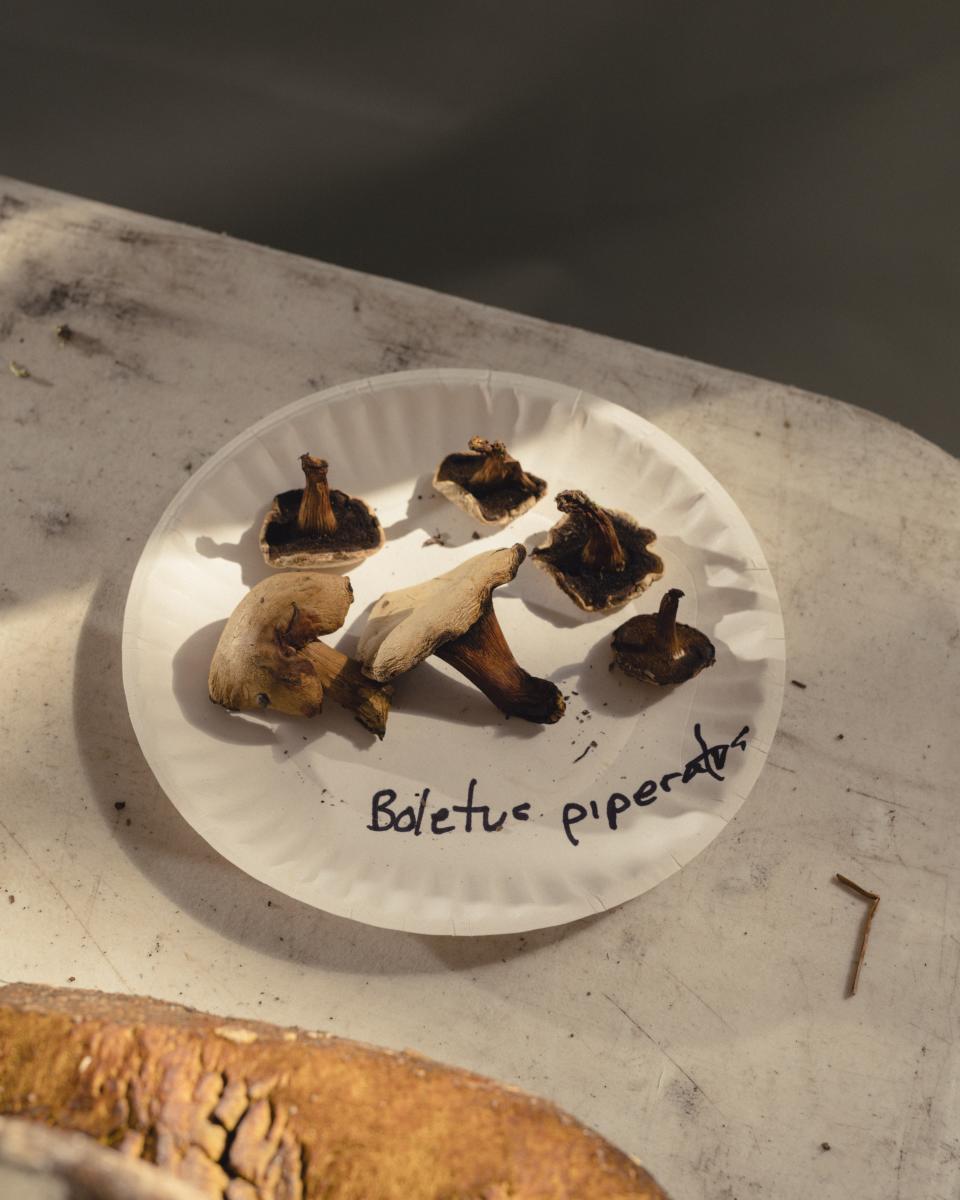
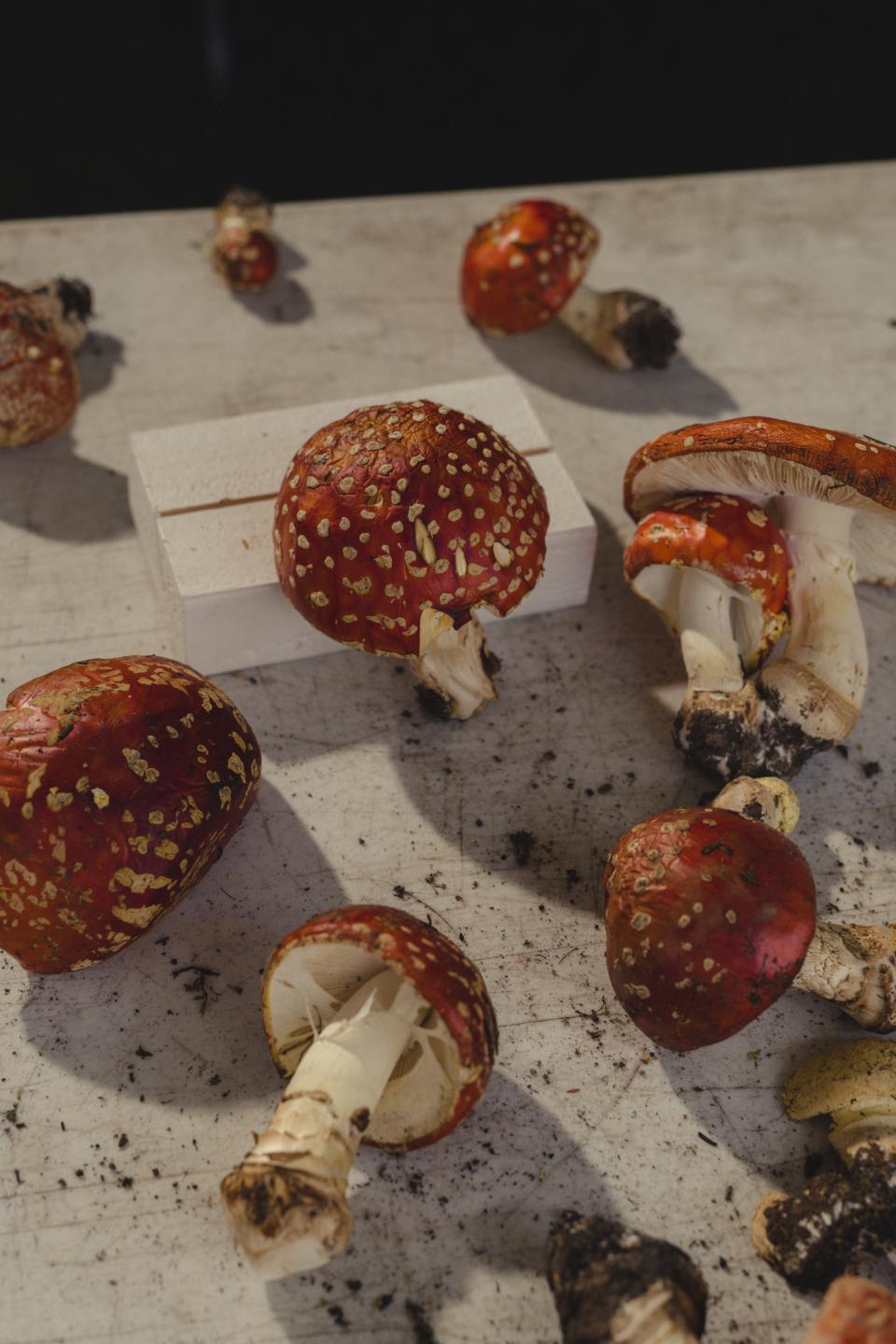
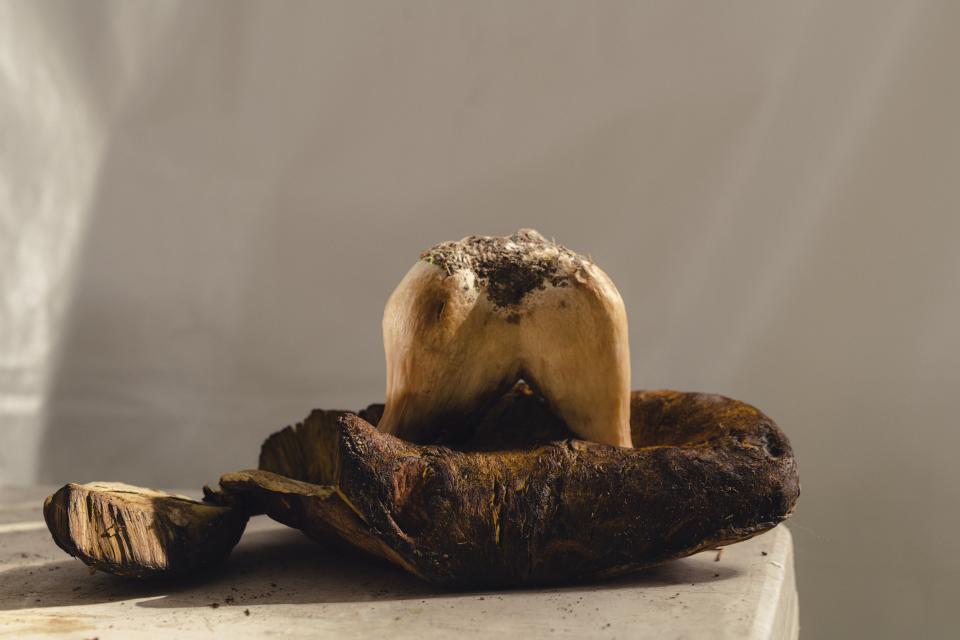
23
24
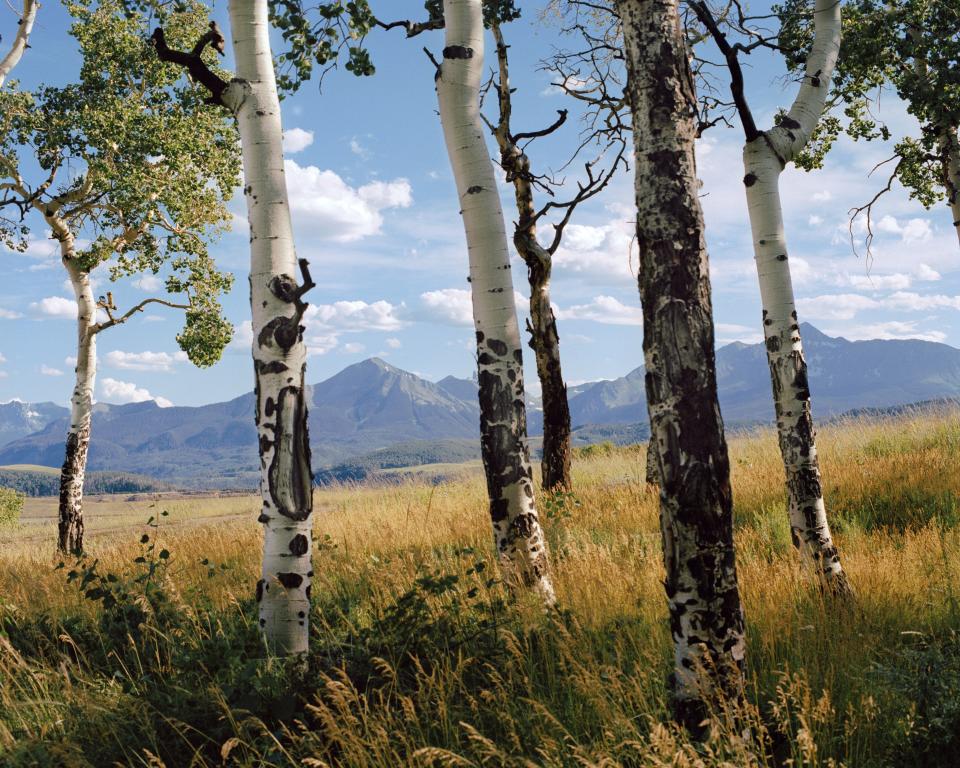
26
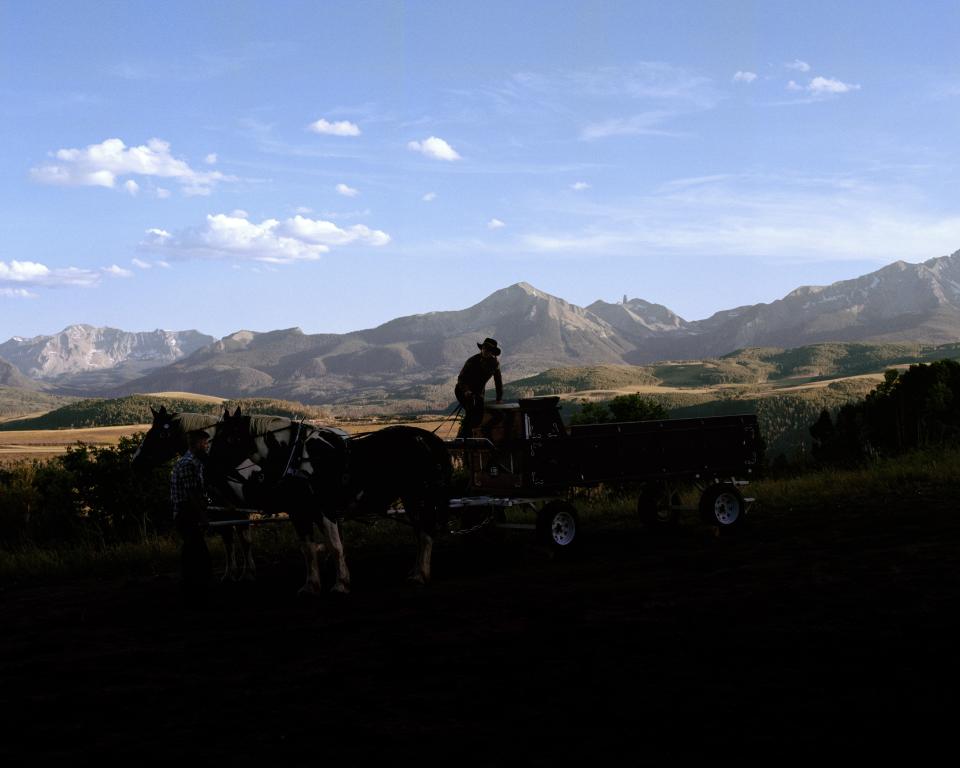
28
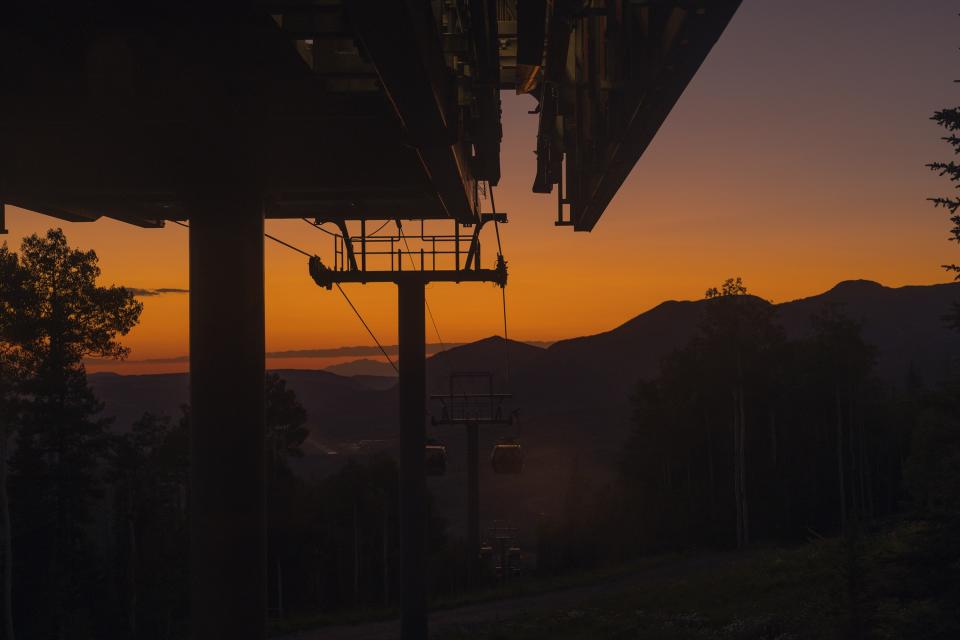
Originally Appeared on Vogue

